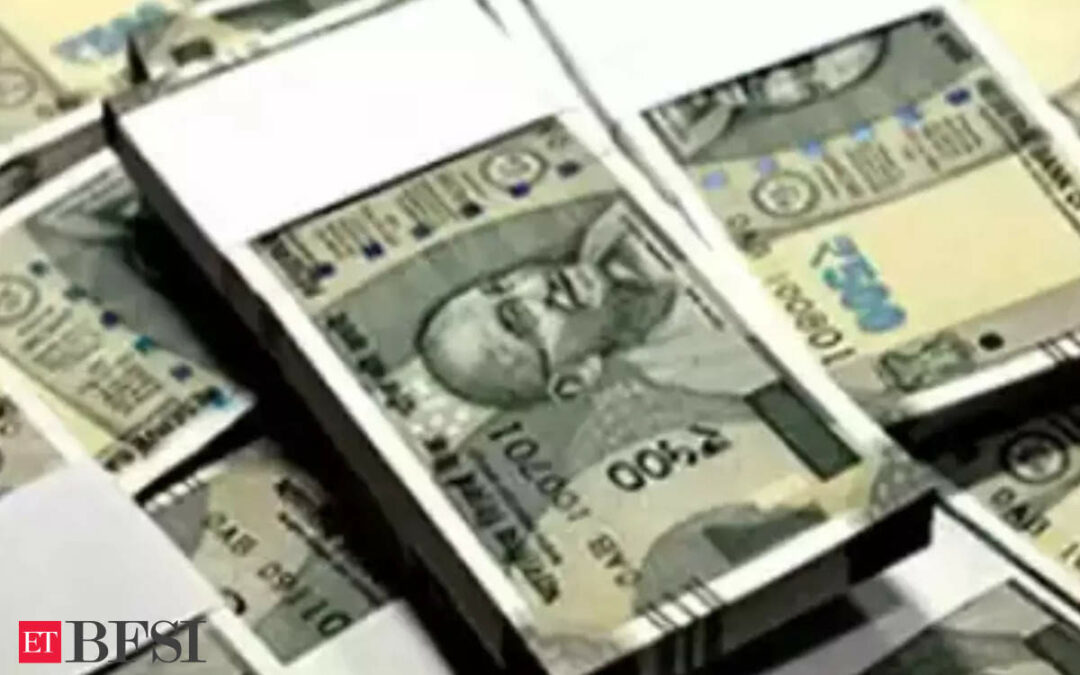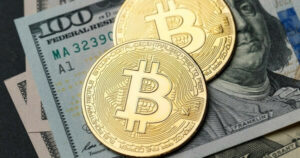Mumbai: The rupee weakened to a new low of 83.57 against the dollar in the interbank foreign exchange market on Tuesday. The dollar gained against most Asian currencies ahead of the US Fed’s meeting on Wednesday.
The rupee has been under pressure this week. After closing lower at 83.51 on Monday, the currency opened weak on renewed demand for dollars. It would have slipped further but for dollar sales by public sector banks ostensibly on behalf of RBI. “I expect the rupee to come under pressure… it could slip to 83.75-83.90 within a month. There are no substantial flows expected before the Budget. Even the $2 billion expected later this month on account of the country’s inclusion in the JP Morgan emerging bond indices will be easily absorbed,” said KN Dey, a forex consultant.
Dealers said that a large private equity firm had taken dollars out on Tuesday, leading to pressure on the rupee. Foreign Institutional Investors were net sellers in the stock markets, having sold shares worth Rs 111 crore, according to exchange data.
“The rupee traded weak, due to the rising dollar index near 105. Participants are keenly awaiting the US CPI data release on Wednesday, which is crucial for market movements,” said Jateen Trivedi, VP research analyst (commodity and currency), LKP Securities. “Additionally, the upcoming US Fed policy and statement are significant, as they will provide projections and guidance on future economic conditions. These events will heavily influence the dollar and, consequently, the rupee’s performance,” added Trivedi. A hawkish Fed will keep the dollar strong as higher rates in the US will hold back capital flows from the US.
According to a report by Emkay Global, despite easing political uncertainty, the rupee will be under pressure in the short term because of renewed demand for dollars from local importers and Indian equity outflows. However, potential intervention from RBI might support the Indian rupee, limiting the upside for the currency pair.
While a weaker rupee will add to inflationary pressures and make offshore expenditure on travel and education costlier, many expect RBI to ease its grip on the currency and allow some depreciation. This is primarily to improve export competitiveness.
According to India Ratings, the nominal effective exchange rate (NEER) and real effective exchange rate (REER) indicate a widening gap since FY21, with NEER declining and REER remaining flat. This divergence suggests increasing inflation differentials between India and its trading partners, which is eroding India’s export competitiveness. NEER measures a country’s currency value relative to a basket of other major currencies, while REER adjusts NEER for inflation differentials between the country and its trading partners.









